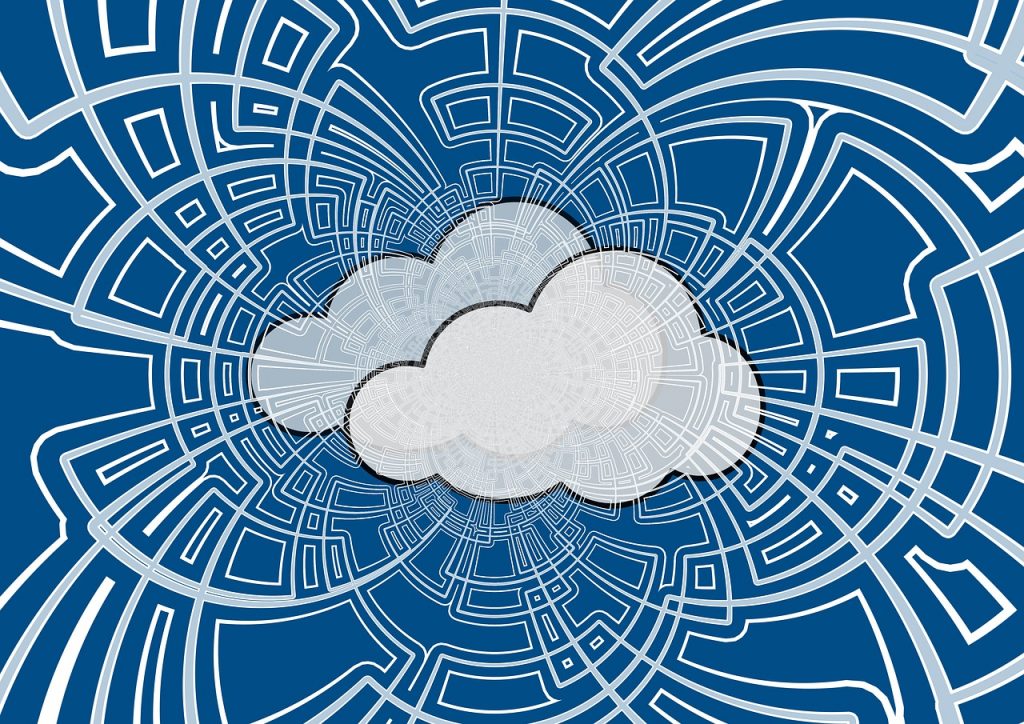This past year, hundreds of small and large businesses were victims of cyber-security threats and attacks. However, many more businesses were successful in preventing and combating these intrusions. Cybersecurity is a hot-button topic in today’s high tech world as business leaders are becoming more aware of potential threats and breaches. Is there any way to stop this increasing cybersecurity risk?
Risk management and proper threat assessment is crucial to eliminating cybersecurity threats and hacks. Part of a strong cybersecurity protection plan involves monitoring data systems for potential threats prior to a cyber disaster.
How can you be sure that a potential threat is just a small blip in your system instead of a much bigger deal requiring immediate attention? By familiarizing yourself with the different types of threats and quantifying your risk management data, you will be able to make the smart choices required to head off potential threats that could adversely impact your business.
Identifying Threat Types
While there are many different kinds of threats, certain types are more common than others. Let’s discuss five of these in more detail.
Unauthorized Access
Unauthorized access can originate from either internal or external sources. While many of these intrusions are malicious, some incidents of internal unauthorized access turn out to be the result of accidental computer use or software technical issues.
- External unauthorized access happens when someone from outside of your organization gains access to your data. Telelink defines external access as “attacks where the intruder has no privileges on the target network, and either gains access from outside the network perimeter (usually the firewall), or by evading or undermining the target’s physical and/or network security measures to achieve some degree of access to the target’s internal network.” Some common external attack techniques include access through stolen or weak credentials, access through unsecured wireless systems, compromised third party access or by physically entering the premises.
- Internal unauthorized access can originate from inside of your organization in several ways. These include access by IT personnel, theft of authorized user credentials and accessing systems that are not properly secured.
By having proper risk management in place, unauthorized access can be detected successfully as well as determine if a threat is originating from an internal and external source.
Misuse of Information
This type of threat originates from the inside of your organization when an authorized user misuses sensitive information. This could include a computer user accessing critical data and then using that data in a negative or unauthorized manner. It could also include accessing customer credentials and using that information for personal gain. Misuse of information can also mean misuse of access privileges when someone uses their credentials to gain access to sensitive information otherwise off limits to other employees.
Data Leakage or Unintentional Exposure of Information
Data leakage can be defined as an unintentional loss of company information outside of your organization or between your computer systems such as ERP and CRM. While data leakage can happen as a result of a malicious attack, it can also be the result of unintended circumstances. Unintentional exposure of information can occur as simply as a customer walking by an unlocked computer screen and viewing sensitive information. Exposure can also occur if some of your data is managed by a third-party company and that company is hacked.
Loss of Data
Although data leakage and loss of data sound similar, these are two different things. Loss of data can be attributed frequently to faulty data replication and insufficient back-up procedures. Data that is lost cannot be recovered and is gone forever. This can include a lost thumb drive or a direct attack such as ransom ware to steal data from your systems. On the other hand, data leakage refers to the risks of information flowing between internal company systems that have various degrees of security precautions in place which can compromise access to that data.
The difference between data leakage and loss can be summed up this way: “Data leakage deserves as much consideration as data loss prevention. The former focuses on sensitive data flows throughout the organization (can be within as well as across firewalls), whereas data loss may only be focused on sensitive data flowing out of the organization.”
Disruption of Service or Productivity
Disruption of service or productivity can happen when your security systems or access to cloud based software is disrupted. This is a perfect recipe for hackers to find their way into your systems or unauthorized internal users accessing sensitive information to go undetected.
Quantify Your Risk Management Data
With all of these security risks lurking, both internally and externally, how can you identify these hazards quickly and efficiently?
- Quantify the factors. Risk measurement should be a cornerstone in identifying, quantifying and then arranging risk factors in order from most important to least important. This includes behavioral modeling, parametric modeling and baseline protection.
- Improve your data quality. According to industry analyst Fran Howarth, “Many enterprises struggle with the volume of data they collect, much of which exists in organizational silos. Information needs to be aggregated across functional areas, so risk management strategies can be set at an organizational level.”
- Stay current with industry standards. It is crucial you remain up to speed with current security standards according to the National Institute of Standards and Technology. This will help better align your risk management and measurement with your security program to keep your systems secure.
Proper threat assessment and effective quantification of your risk management data makes all the difference when implementing security measures within your organization. If you are struggling to keep your organization’s data secure or unsure how to incorporate these effective data security measures, give New Era Technology a call today.
Photo Credit: Click to Business Flickr via Compfight cc

 Canada
Canada Australia
Australia New Zealand
New Zealand UAE
UAE United Kingdom
United Kingdom




